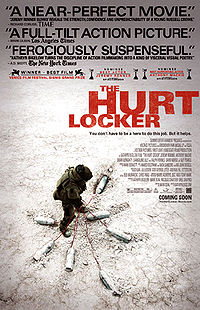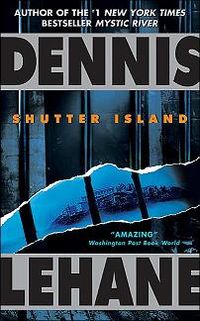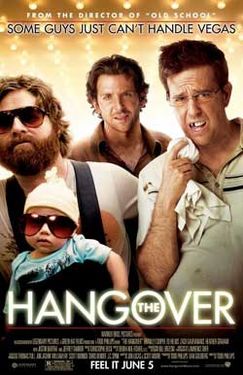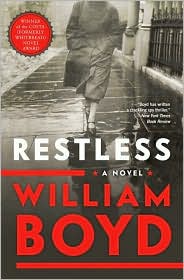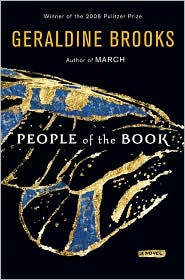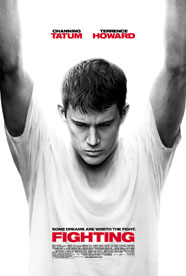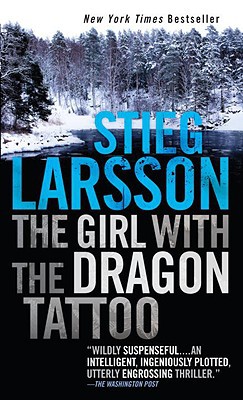
Just picked up the mass paperback and boy is this a quick read — nearly all-842 pages of it. Now I know what all the fuss was about. Apparently Stieg Larsson was the second bestselling author in the world in 2008 (even though he died in 2004) — thanks to his Swedish “Millennium” trilogy, of which “The Girl With the Dragon Tattoo” is the first. The trilogy has sold more than 12.5 million copies, and soon enough I’m sure to pick up book number two. I can’t recall being so consumed by a murder mystery, thriller since perhaps Scott Turow’s “Presumed Innocent” in 1987.
“Girl With the Dragon Tattoo” starts out as protagonist Mikael Blomkvist, a middle-age financial journalist and co-owner of Millennium magazine in Stockholm, hits rock bottom when he’s found guilty in court of libel against shady businessman Hans-Erik Wennerstrom, despite the fact that he knows his story is right but can’t prove it. Exhausted by the case, Blomkvist decides to take time off from the magazine, and accepts an offer from industrialist Henrik Vanger to investigate the disappearance of Vanger’s great-niece 40 years ago from the secluded island that the powerful family owns, three hours by train to the north.
On remote Hedeby Island, Blomkvist finds himself in the depths of winter, trying to make sense of a case long grown cold, and a family that is more than a touch unsettling. The backdrop of the place and the frigid landscape are described vividly enough to make frostbite and darkness feel very real. It might conjure up memories of the 1992 Danish murder mystery “Smilla’s Sense of Snow,” which comes to a head on a glaciated island off of Greenland. Brrr.
Simultaneously, “Dragon Tattoo” also delves into the world of Lizbeth Salander, a 24-year-old pierced, tattooed whip-smart computer hacker whom Blomkvist comes to enlist in time to help crack the case. Salander, who at the beginning is on the verge of being institutionalized for behavioral problems, is a hell of a character, prepared to kick ass and take names later. In a grisly scene, she’s been abused by an appointed guardian and takes it into her own hands to wage a heavy payback.
Blomkvist and Salander make a great investigative combo. Getting to know them in the beginning and middle parts of the book are the best, as new evidence surrounding the creepy Vanger family and disappearance slowly start to emerge. The fact that Blomkvist and Salander start sleeping together while on the case, even though she is half his age, adds an element of complexity (though I don’t think I like it for the characters) with Blomkvist still linked to his partner, Erika Berger, at the magazine. The last part of the book seems to get a bit too tidy with almost all of the pieces falling neatly into place, case cracked, and some of the earlier intrigue losing hold. The ending goes on a tad long and isn’t as good as the rest. But still “Girl With the Dragon Tattoo” proves to be the quickest page-turner of the year.
Ps. A Swedish film of “The Girl With the Dragon Tattoo” came out in 2009 but apparently didn’t get wide release in the States. Catch it if you can.


